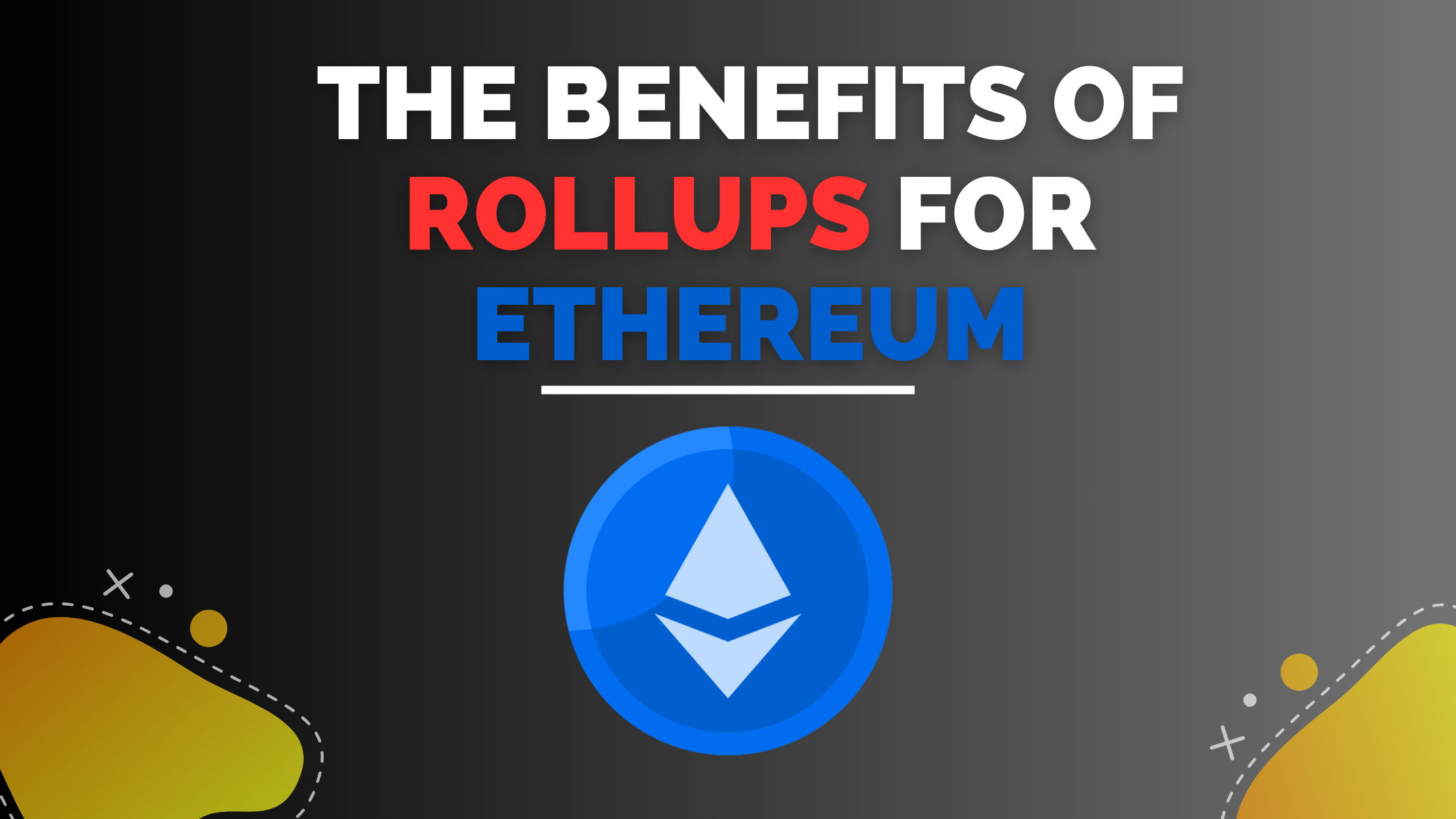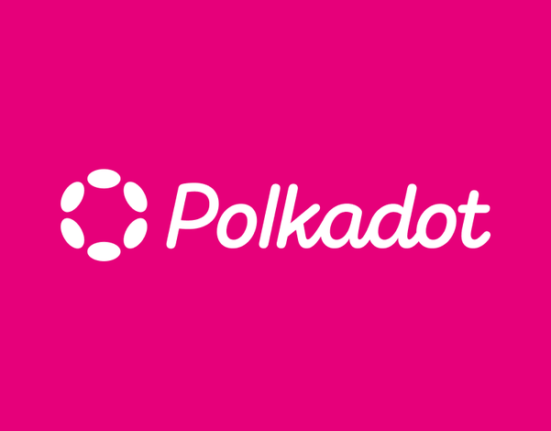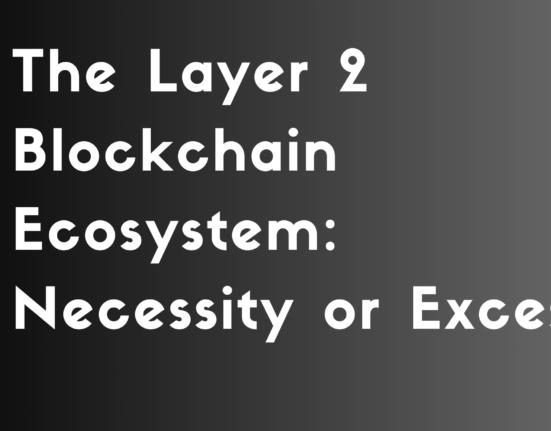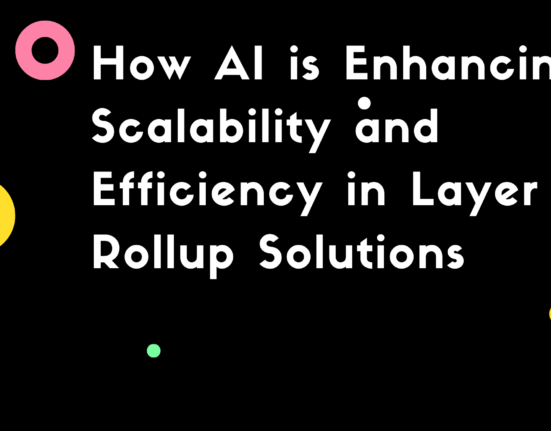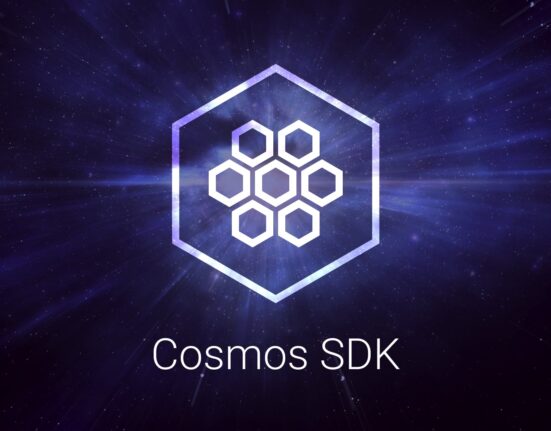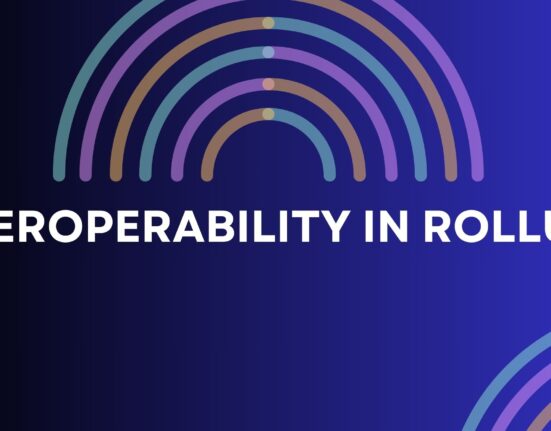Ethereum is the leading smart contract blockchain platform, hosting a vast ecosystem of decentralized applications (dApps) and enabling a wide range of financial and organizational activities. However, Ethereum faces scaling limitations due to the inherent constraints of its underlying blockchain architecture.
Rollups are layer 2 scaling solutions that enable higher transaction throughput and lower fees on Ethereum by bundling or “rolling up” transactions off-chain and generating a cryptographic proof that is verified on the Ethereum main chain. Rollups provide major improvements to Ethereum’s scalability while retaining the security guarantees of the Ethereum blockchain.
This guide will examine the key benefits that rollups bring to Ethereum in detail.
Contents
Overview of Rollups
There are two main types of rollups currently used on Ethereum:
- Optimistic rollups – Transactions are batched off-chain and executed optimistically without checking validity. The state is persisted on-chain and fraud proofs are used to challenge invalid state transitions.
- Zero-knowledge (ZK) rollups – Transactions are bundled off-chain along with a cryptographic proof that validates their correctness. ZK proofs ensure validity without exposing private transaction details.
Both rollup variants achieve scaling by minimizing the data posted to the Ethereum main chain. They allow orders of magnitude more throughput than native Ethereum, while still leveraging Ethereum as a trustless settlement layer.
Key Benefits of Rollups
Rollups bring several major advantages over native Ethereum:
1. Higher Throughput
Rollups substantially increase Ethereum’s transaction processing capacity by bundling or validating transactions outside of Ethereum layer 1.
- Optimistic rollups can achieve 2000+ TPS with batches of hundreds of transactions posted on-chain as a single data point.
- ZK rollups can potentially reach 3000-4000+ TPS by generating compact validity proofs for off-chain transaction sets.
This is a huge scaling boost over Ethereum’s ~15 TPS throughput. The following table compares native Ethereum with rollup-powered scaling:
| Type | Estimated TPS |
|---|---|
| Ethereum Layer 1 | 15 |
| Optimistic Rollups | 2000+ |
| ZK Rollups | 3000-4000+ |
2. Lower Fees
By squeezing more transactions into each on-chain batch, rollups significantly reduce the average fee paid per transaction.
- Rollup transaction fees are 90-99% cheaper than native Ethereum fees for equivalent transactions.
- Users can save hundreds of dollars in fees for activities like trading NFTs or interacting with DeFi protocols.
This makes Ethereum usable for more micropayments and consumer applications.
3. Ethereum Security
Rollups inherit the security guarantees of the Ethereum blockchain:
- Optimistic rollups leverage Ethereum validators to arbitrate fraud proofs.
- ZK rollups cryptographically prove validity relying solely on Ethereum for data availability.
Funds on rollup sidechains are not custodied – they remain secured by Ethereum’s underlying consensus mechanism. This preserves Ethereum’s assurances of settlement finality and trustless execution.
4. EVM Compatibility
- Rollups are seamlessly compatible with smart contracts and dApps built for the Ethereum Virtual Machine (EVM).
- This allows existing Ethereum developers and users to migrate to rollups without rewriting code or changing workflows.
- Rollup adoption is simplified, allowing the Ethereum ecosystem to scale while maintaining its network effects.
5. Liquidity Access
Decentralized exchanges (DEXs) and lending protocols deployed on rollups can pool liquidity with their counterparts on Ethereum layer 1. For example:
- zkSync uses “zkPorter” to let its ZK DEX share liquidity with Uniswap on Ethereum.
- dYdX allows open transfers between its StarkWare optimistic rollup implementation and its original Ethereum DEX.
This facilitates user migration to rollup-based services without liquidity fragmentation.
Current Limitations
While promising, rollups also have some limitations in their current incarnations:
- Withdrawal delays – it takes ~1 week to withdraw funds from optimistic rollups due to the fraud proof challenge period. ZK rollups can reduce withdrawal delays but not eliminate them.
- Limited expressiveness – ZK rollups currently only support simple token transfers and not generalized smart contract computation.
- Centralized sequencers – rollup transaction batches are produced by sequencers who could potentially censor transactions. Decentralized sequencer mechanisms are still under development.
However, brilliant cryptographers and engineers are actively researching innovations to address these limitations.
The Road Ahead
Rollups are a key pillar of Ethereum’s scaling roadmap, alongside upgrades like sharding.
Some potential advancements on the rollup horizon include:
- Generalized ZK proofs – Expanding Zero-Knowledge proof capabilities to cover any EVM computation, not just transfers.
- Hybrid architectures – Combining ZK and optimistic techniques into a single rollup framework to maximize scalability and liquidity.
- Cross-rollup bridges – Communication between different rollup sidechains to exchange data and value.
- Post-quantum SNARKs – Next-gen probabilistic proofs that remain secure against quantum computing attacks.
While rollups are already massively scaling Ethereum today, further enhancements will continue stretching the boundaries of transaction throughput and efficiency on Ethereum layer 2. Exciting innovations lie ahead!
Conclusion
Rollups are transformative layer 2 technologies that enable Ethereum to scale by orders of magnitude while retaining decentralization and security guarantees. By optimizing rollup architectures and cryptographic techniques, Ethereum is positioned to support global-scale adoption with fast, cheap transactions ideal for both DeFi and real-world applications. The ongoing rollup evolution will be key to fulfilling Ethereum’s vision of becoming the world’s decentralized trust platform.

Subhadra, a seasoned research analyst, specializes in distilling complex developments in blockchain and AI into insightful narratives. Her expertise lies in providing a nuanced understanding of emerging technologies, making her a trusted source for in-depth and up-to-date analysis at the intersection of blockchain and AI.

